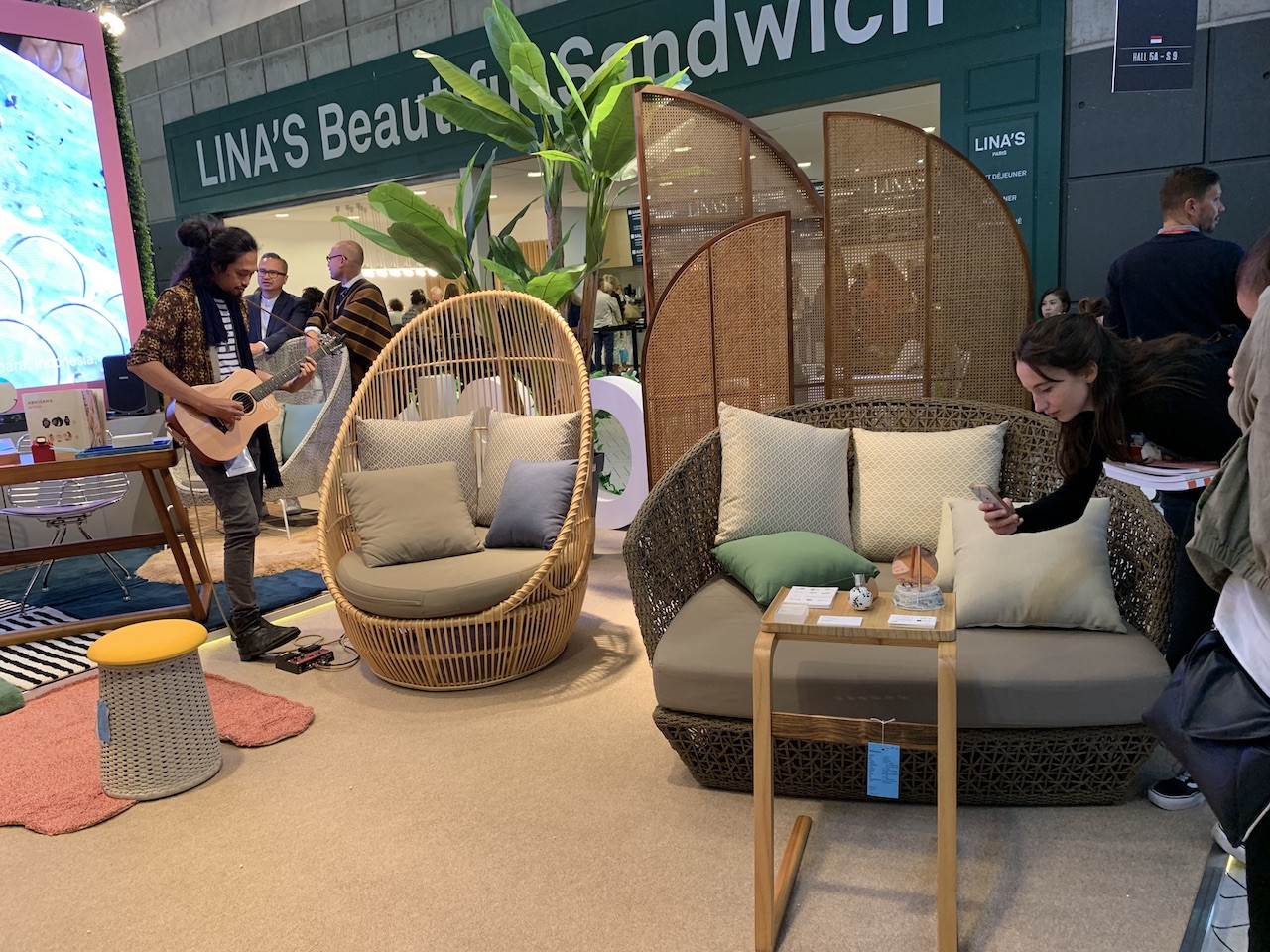Popular Reads
Top Results
Can't find what you're looking for?
View all search resultsPopular Reads
Top Results
Can't find what you're looking for?
View all search resultsOpportunities for SMEs to supply global niche markets
Entering a niche market has lower associated advertising costs than entering the mass market, as the products are designed for customers with identifiable preferences or needs.
Change text size
Gift Premium Articles
to Anyone
S
mall and medium enterprises (SMEs) are often characterized as being risk-averse, avoiding direct competition with established large firms because of a lack of competitiveness resulting from limited funds, technical knowledge and marketing resources they typically possess.
At the same time, large enterprises generally invest in advanced technology that can generate efficient manufacturing processes, resulting in a hypercompetitive environment in the market. For instance, small firms in the United States furniture industry focus primarily on particular market segments and compete through the depth of products, mostly in outdoor furniture.
In contrast, large US furniture enterprises concentrate on mass production and compete through product breadth.
Unlike large enterprises that seemingly exhibit a production orientation to achieve economy of scale and that often disregard exacting consumers in a low-demand segment, SMEs are more inclined to fill this specific market, otherwise known as a niche. Tellingly, niches in domestic markets are often small in value and may not suffice to transform SMEs into larger enterprises. As a result, SMEs typically aim to export to global niche markets as these consist of heterogenous products and have immense value compared to their domestic equivalents.
Additionally, global niche markets are essential for SMEs to scale up their competitive position, as the markets offer multiple benefits.
First, they generate a loyal customer base because of customers not having many vendor options in the market; if customers are satisfied with previous purchases, they are likely to order from the same supplier in the future.
Second, entering a niche market has lower associated advertising costs than entering the mass market because the products are designed for customers with identifiable preferences or needs. As SMEs have limited funds, they do not need to spend substantial amounts of money on advertising, which they might well need to do in the mass market.
Third, a niche market may generate higher profit than in the mass market, which yields razor-sharp profits due to the less stringent competition from limited competitors.
However, finding the appropriate niche in the importing country’s market is difficult due to the lack of information SMEs generally experience. In this regard, the government could provide the necessary information related to niches in various countries. In doing so, the government could rely on its overseas representation to supply such information. By their nature, niches in foreign markets are diverse and primarily determined by customers’ social, cultural and behavioral characteristics. To this extent, government overseas representation may combine this information (e.g. customers’ preferences or buying behaviors) along with details on niche products, as well as information regarding opportunities and challenges associated with exporting such products.
Therefore, SMEs could gain access to adequate information to pinpoint their target customer group and export destination countries. For instance, information related to a Mother’s Day celebration might be important in terms of assisting SMEs to fill a niche market, as the US consumer expenditure to celebrate this occasion is substantial, amounting to US$26.7 billion in 2020, according to statista.com.
Hence, Indonesian SMEs that make products associated with this occasion (e.g. greeting cards, jewelry, clothes, etc.) may tailor their products to align with the occasional customer demand related to Mother’s Day.
Another example of information related to niche products is that demand for natural fragrance oil is soaring in Japan, with a year-on-year increase of 45 percent or 4,500 tons in 2019. As one of the largest essential oil producers in the world, Indonesian producers could reap the associated benefits by channeling the resources they have to produce citrus and lemon essential oils, which together account for the majority of the market share in the Japanese market for essential oil products.
However, it is vital to note that niche markets are contingent on customers’ preferences and needs. As a result, the market can become refined, combined or divided in a relatively short time. Thus, it is important to supply the most up-to-date and accurate information about the niches in foreign markets to prevent SMEs from losing momentum in terms of product exports.
Engaging in an international niche market may represent a potent tool for SMEs to advance their production technology and achieve large enterprise status. Meanwhile, for the government, assisting SMEs to supply niche international markets would improve SMEs’ export participation, which is currently regarded as being quite low, accounting for around 15 percent of the country’s total exports.
Furthermore, as Indonesian SME products are essentially diverse and relatively competitive, supported by the favoring Indonesian currency, supplying global niche markets is economically viable and, indeed, feasible within a reasonable timeframe.
***
The writer is a trade analyst at the Trade Ministry and is currently a Ph.D. candidate at the School of Business, Swinburne University of Technology. The views expressed are personal.










